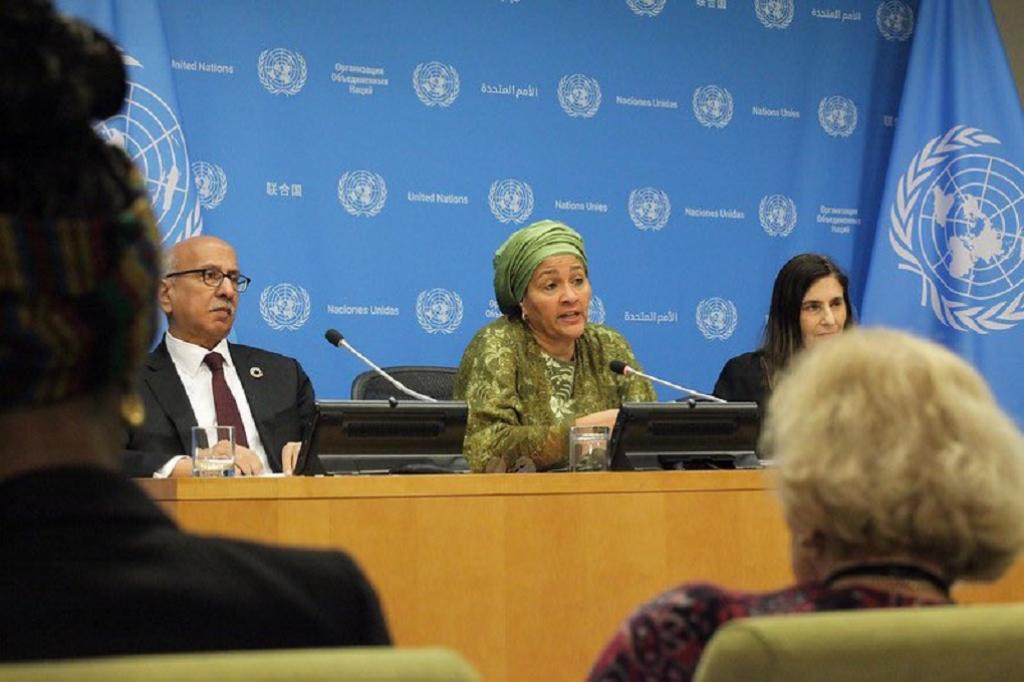A recent report from the United Nations has said that trillions of dollars are required to achieve the 17 Sustainable Development Goals (SDGs) by 2030. According to the report, an estimated $4.2 trillion in investments is required to bridge the development financing gap, a figure that has surged from $2.5 trillion prior to the onset of the COVID-19 pandemic.
Sustainable Development Goals, unanimously agreed upon by all United Nations members in 2015, represent a blueprint for a better and more sustainable future for all.
Financial Challenges
Financial difficulties lie at the core of the global sustainable development crisis. According to a statement from the United Nations released on April 10, 2024, substantial debt burdens and high borrowing costs hinder the ability of developing nations to address the multitude of challenges they face.
Additionally, escalating geopolitical tensions, climate-related disasters, and a widespread cost-of-living crisis have adversely affected billions of people. These factors have significantly impeded progress in areas such as healthcare and education, as well as other development objectives.
The statement emphasizes that only a significant increase in financial support and a restructuring of the international financial system can effectively advance the Sustainable Development Goals (SDGs) at this juncture.
Huge Debt
As outlined in the report, the least developed countries (LDCs) are expected to face an annual debt service of $40 billion between 2023 and 2025. This represents an increase of over 50 percent from the $26 billion recorded in 2022.
The report attributes more than half of this surge in debt to the heightened frequency and intensity of disasters resulting from the ongoing climate crisis, particularly impacting vulnerable nations.
“The poorest countries now spend 12 per cent of their revenues on interest payments — four times more than they spent a decade ago. Roughly 40 per cent of the global population live in countries where governments spend more on interest payments than on education or health,” the UN statement noted.
Moreover, major sources of development funding are now slowing down. “For example, domestic revenue growth has stalled since 2010, especially in LDCs and other low-income countries, in part due to tax evasion and avoidance. Corporate income tax rates are falling, with global average tax rates down from 28.2 per cent in 2000 to 21.1 per cent in 2023, due to globalization and tax competition,” according to the report.
The statement highlighted a concerning trend where Official Development Assistance (ODA) from OECD countries and commitments to climate finance are falling short:
Although ODA reached a record high of $211 billion in 2022, up from $185.9 billion in 2021, much of this increase was directed towards aiding refugees in donor countries. However, this total amount remains insufficient for comprehensive development efforts. In 2022, only four countries met the UN’s aid target of allocating 0.7 percent of Gross National Income (GNI) for assistance.
The current international financial system, established during the 1944 Bretton Woods Conference in the United States, is deemed inadequate for present challenges. This historic conference gave rise to institutions such as the World Bank and the International Monetary Fund (IMF).
The report underscores the urgent need for a new, cohesive system that can effectively respond to crises. This system should prioritize scaling up investments in the Sustainable Development Goals (SDGs), particularly through reinforced multilateral development banks. Moreover, it should enhance the global safety net for all countries.
“With only six years remaining to achieve the SDGs, hard-won development gains are being reversed, particularly in the poorest countries. If current trends continue, the UN estimates that almost 600 million people will continue to live in extreme poverty in 2030 and beyond, more than half of them women,” the statement noted.


